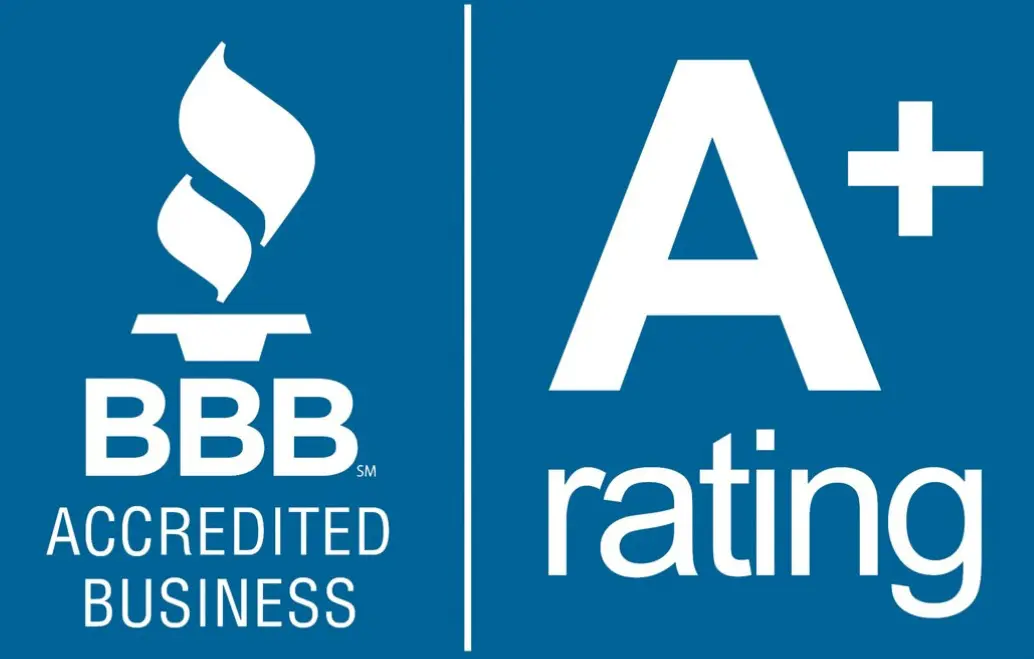Recruiting, A Blend of Art & Science

If you are a Talent Acquisition (TA) executive, you’ve been in this spot before: tasked with leading the recruiting efforts for a high profile, senior level search that needs to be filled yesterday. The pressure is on – What do you do? Where do you start? How do you prioritize it amongst your other requisitions and how do you build credibility/confidence instantly with the hiring manager and stakeholders?
The war on talent is real, whether you’re involved in volume hiring or making key executive hires. With approximately 5.1 million open jobs posted onlinecoupled with the unemployment rate holding steady at 4.1% (Bureau of Labor Statistics), this makes for a tight labor market. When tackling a search, your mindset and a strong start right out of the gate are critical to its success.
Trained at an executive search firm and partnered with an industry veteran, I was taught earlythat recruiting is a blend of art and science, heavily intertwined at every stage. Striking a balance between the two is critical in 1) making a great placement and 2) garnering the trust and credibility of the hiring manager, stakeholders and the organization.
The “art” of recruiting refers to how you manage the overall recruitment process, and this is what I believe sets a strong Talent Acquisition executive apart from a Recruiter. The focus here is on the soft skills and finesse needed to leverage your network, field referrals, and perhaps most importantly, communicate with the candidate(s), hiring manager and stakeholders throughout the search. There is an art to engaging the players of the search from the start and settingthe tone and expectations. This ensures a smooth search.
The “science” of recruiting refers to what you do to recruit for the role – the stages and mechanics behind the overall recruitment process, which I consider the price of admission. They include, sourcing, engaging, interviewing, assessing, and presenting talent. Proficiency in the use of recruitment tools, technologies and sourcing techniques all play a role in the science of the search as well.
With a working definition of the “art” and “science” of recruiting and how they intersect at every stage – below are a few thoughts based on my experience.
The blend of “Art” & “Science”
In his top-selling book The 7 Habits of Highly Effective People, Stephen Covey wrote as habit #2 – “Begin with the End in Mind.” At the start of a search, there is typically some level of anxiety and sense of urgency for all involved. The vacancy may have caused a shift in workload to others, and/or loss in productivity or revenue. The goal of the talent acquisition leader is to build partnerships, source effectively, and minimize disruption as much as possible while keeping the end result in mind, which is to hire exceptional talent to fill the open role in a timely manner.
One of the most critical components to a search is the kick off or strategy meeting with the hiring manager and/or stakeholders. They may only have a few minutes to spend with you, but make the most of them, as it is during this meeting that you will set the tone for the next several weeks. Conducting this conversation with great finesse will ensure expectations and strategy are set and your partnership can begin with a solid foundation.
By showing knowledge and interest in their business, asking relevant questions about the position and even asking about their personal career journey can go a long way and elevate you as the expert, whereby you are acting as a consultant vs. an order taker. Expectations can also be outlined in a Service Level Agreement (SLA) which illustrates each party’s responsibilities (hiring manager and recruiter) in getting to the finish line. Simultaneously at this meeting, the ‘science’ or gathering of key information such as job description and requirements, interview cadence, and feedback protocol is equally important.
Executive Search organizations have long developed the science behind recruiting. One of my most useful strategies learned was known as the “10/10/10” concept, which was designed to ‘get out of the gate’ quickly. We contacted 10 people who we knew could do the job; 10 people who could refer us to great people; and, 10 companies we should go into. How you leverage your network, contact and engage these 30 people is the art.
The search is now underway – yet, after a few weeks of sourcing, interviewing and presenting candidates, there is still no one in the queue the hiring manager is excited about, and now you have an update meeting with the hiring manager and stakeholders to discuss the status of the search. You’re likely doing everything right – contacting passive candidates, leveraging your network (and the network of the hiring manager), maintaining a strong and up-to-date social media presence – yet the ‘rock star’ candidate has not yet surfaced.
Nowhere has the art of the process been more important yet substantiated by science. In meetings like these, I have learned that less is more. Come with the facts (how you have executed the search strategy how many candidates have been contacted, interested, interviewed, etc.), and after a quick history of ‘where you have been,’ steer the conversation quickly to ‘where you are going’ to move the search forward. Finesse plays a large role here. It is your delivery of this information that instills confidence that there are still new avenues to explore.
Conclusion
I have learned many things while leading Talent Acquisition functions and managing recruitment teams, and one thing holds true: when dealing with the human element, you never know who will surface, the degree to which your top candidates will be engaged in the opportunity, or what unexpected challenges might surface during the process. While there is no perfect candidate, there is a perfect person for every position. It is usually up to us to help managers see this.
By using a blend of art and science at every stage of the recruitment process, you achieve success in many ways – elevating your TA function, building partnerships with senior leaders and instilling confidence in the organization that you and your team are truly the experts in recruiting.

